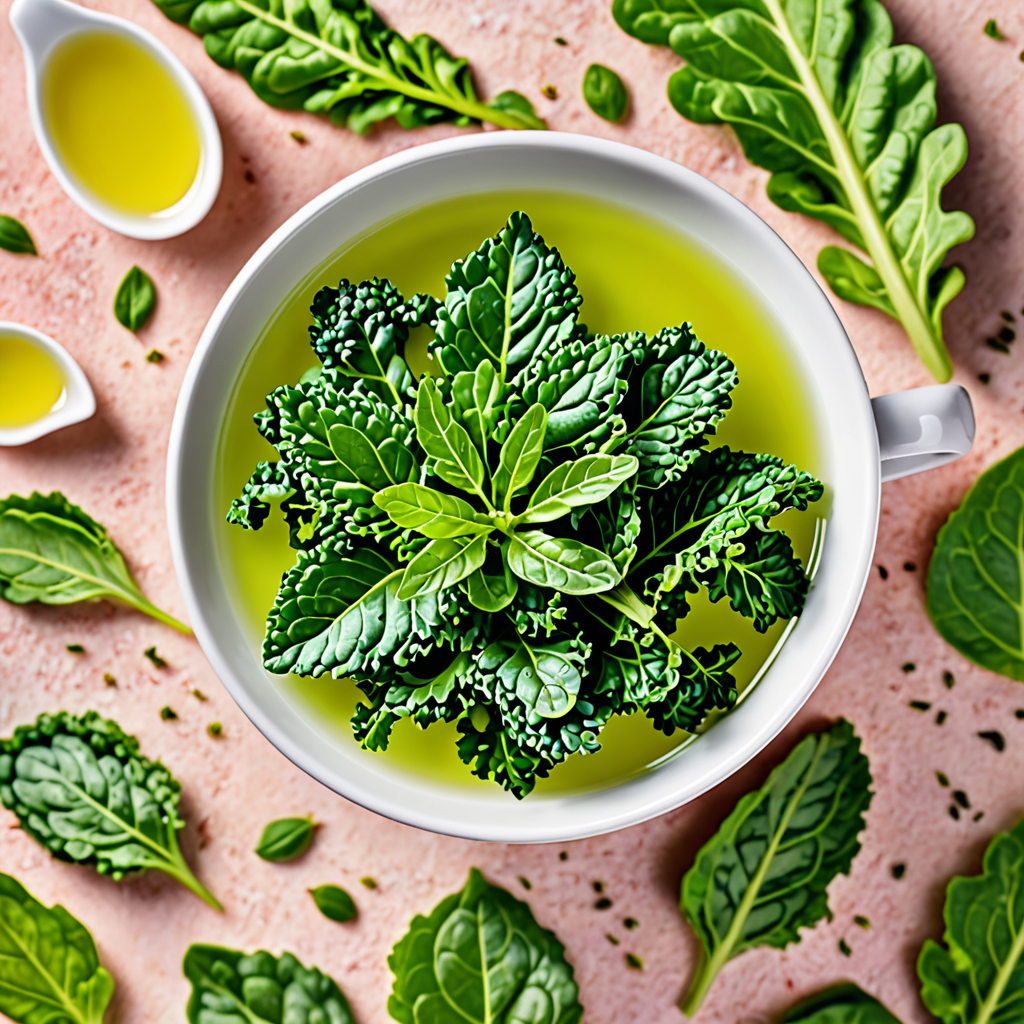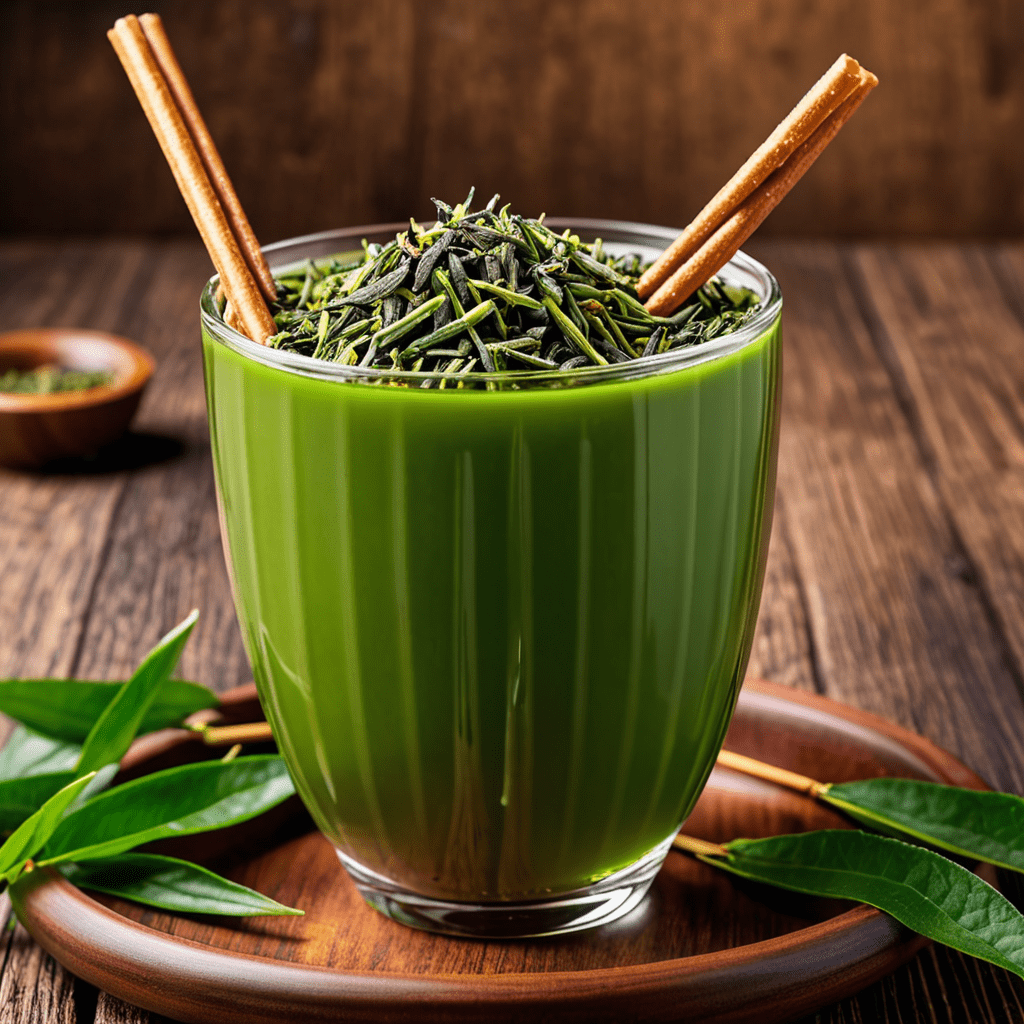Earl Grey Tea: An Aromatic Symphony
A Timeless Beverage
Earl Grey tea, a classic among tea enthusiasts, has captivated palates for centuries with its distinctive citrusy aroma and subtle herbal notes. Its origins remain shrouded in mystery, with tales whispering of an enigmatic Earl requesting a tea infused with the essence of bergamot oil. Regardless of its exact genesis, Earl Grey has ascended to prominence, becoming an indispensable staple in the world of tea.
The Alchemy of Flavors
The magic of Earl Grey lies in the harmonious union of black tea leaves and bergamot oil. Black tea, with its robust character, provides a solid foundation for the fragrant oil, while bergamot, a citrus fruit native to Italy, bestows its distinctive aroma. Through a meticulous extraction process, the essential oils of bergamot are captured and blended with the tea leaves, creating a symphony of flavors.
Aromatic Appeal
Earl Grey's aromatic charm stems from the interplay of bergamot's citrusy notes and the subtle undertones of flowers and herbs. The bergamot oil imparts a refreshing, invigorating aroma with hints of lemon, lime, and orange. These citrusy notes are complemented by subtle floral fragrances reminiscent of jasmine and lavender, adding a touch of sweetness to the overall profile. The herbaceous undertones, reminiscent of mint or thyme, provide a refreshing balance to the tea's sweetness.
Health Benefits
Beyond its captivating aroma, Earl Grey tea offers a range of potential health benefits. Its antioxidant properties, attributed to the presence of polyphenols, may help protect against cellular damage and reduce the risk of chronic diseases. Additionally, Earl Grey tea contains anti-inflammatory compounds that may have a soothing effect on digestive issues and promote relaxation.
Brewing Perfection
To fully appreciate Earl Grey's aromatic allure, proper brewing is essential. The optimal water temperature for brewing Earl Grey tea is between 195°F and 205°F (90-96°C). A steeping time of 3-5 minutes allows the tea leaves to fully release their flavors and aroma. For a stronger brew, use more tea leaves or increase the steeping time.
Culinary Versatility
Earl Grey's aromatic profile extends beyond the teacup, making it a versatile ingredient in culinary creations. The citrusy notes of bergamot complement desserts, baked goods, and even savory dishes. Earl Grey macarons, scones, and panna cotta offer delightful tea-infused treats, while Earl Grey-marinated salmon or chicken adds a sophisticated flavor twist to main courses.
Global Popularity
The allure of Earl Grey tea has spread far beyond its British origins, captivating tea enthusiasts worldwide. In Japan, Earl Grey is known as "Eiarugurei," and tea ceremonies often feature its distinct aroma. In India, Earl Grey is blended with local spices, creating a unique fusion of flavors. From the streets of London to the teahouses of Asia, Earl Grey has established its presence as a beloved global beverage.
Modern Innovations
The world of Earl Grey tea continues to evolve, with modern innovators experimenting with different varieties of bergamot and creating novel tea-based products. Earl Grey teas infused with bergamot from Calabria, Italy, offer a more intense citrusy flavor, while those blended with bergamot from Morocco have a more floral profile. Tea-based products featuring Earl Grey flavor, such as ice cream, chocolates, and even perfumes, allow tea enthusiasts to indulge in its aroma beyond the traditional cup.
A Beverage Beyond Compare
Earl Grey tea stands as a testament to the harmonious marriage of flavors and the enduring power of aromatic appeal. Its citrusy notes, subtle floral fragrances, and herbaceous undertones create a sensory experience unlike any other. Whether enjoyed as a refreshing beverage, a culinary ingredient, or a source of well-being, Earl Grey tea continues to captivate the hearts and palates of tea lovers around the world.
FAQ
Q: What is the difference between Earl Grey and Lady Grey tea?
A: Lady Grey tea is a variation of Earl Grey that includes additional citrus flavors, such as lemon and orange peel, resulting in a more pronounced citrusy taste.
Q: Can Earl Grey tea be consumed before bed?
A: While Earl Grey tea contains caffeine, its moderate levels may not significantly impact sleep in most individuals. However, those sensitive to caffeine may want to avoid consuming it close to bedtime.
Q: How do I store Earl Grey tea leaves for optimal freshness?
A: Store Earl Grey tea leaves in an airtight container in a cool, dark place to preserve their aroma and flavor. Avoid exposure to moisture and heat.

